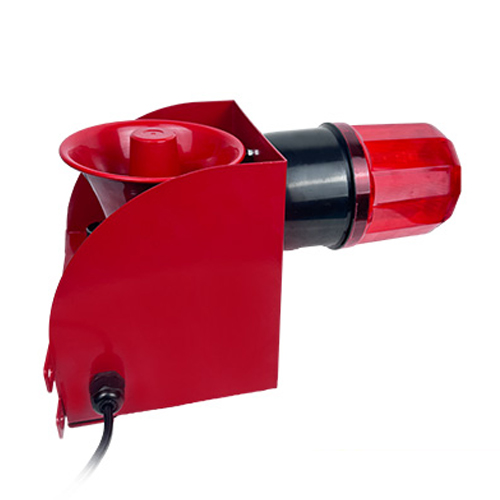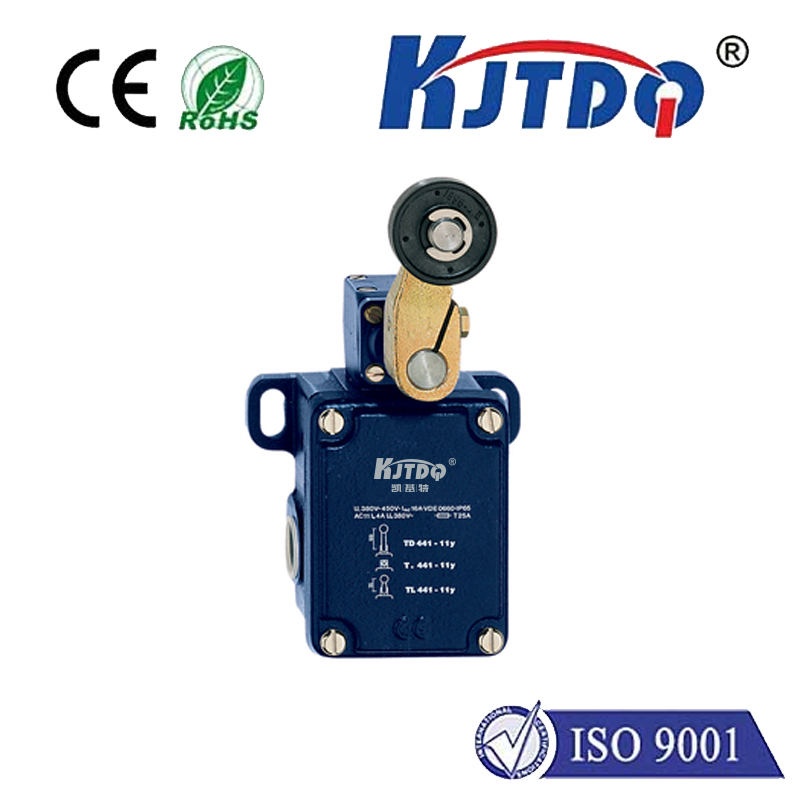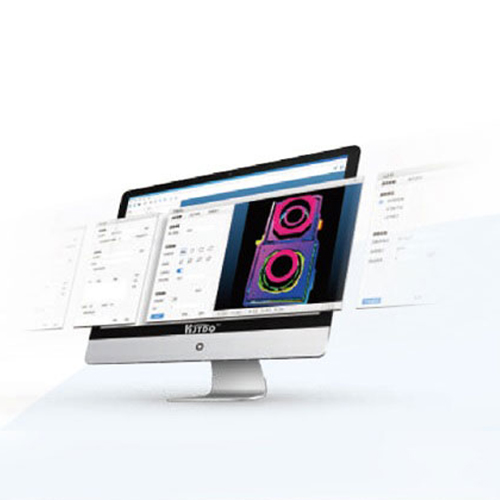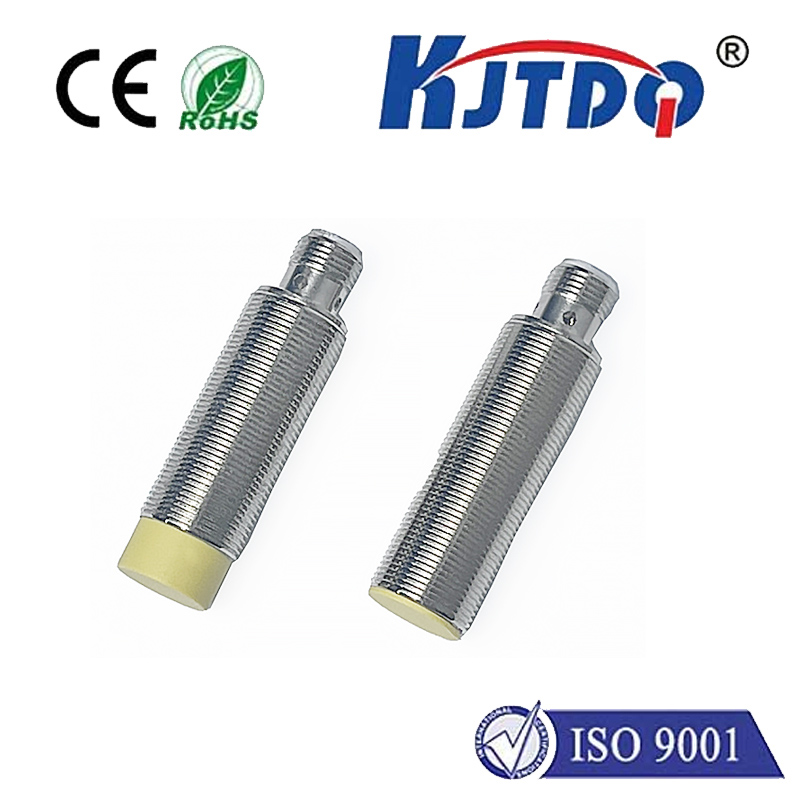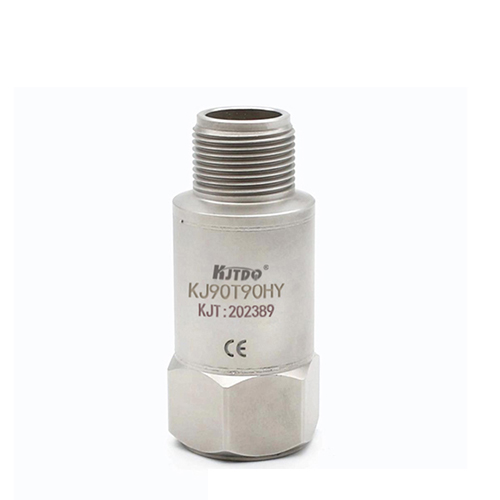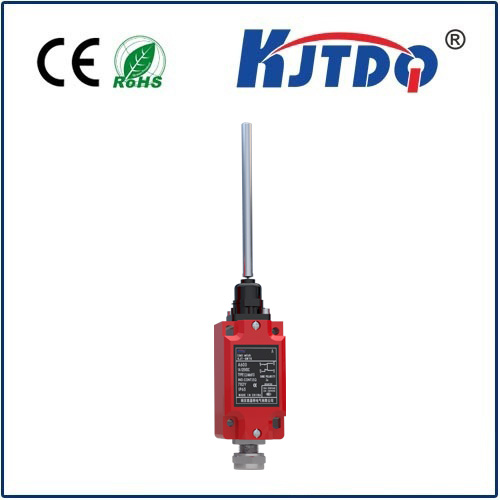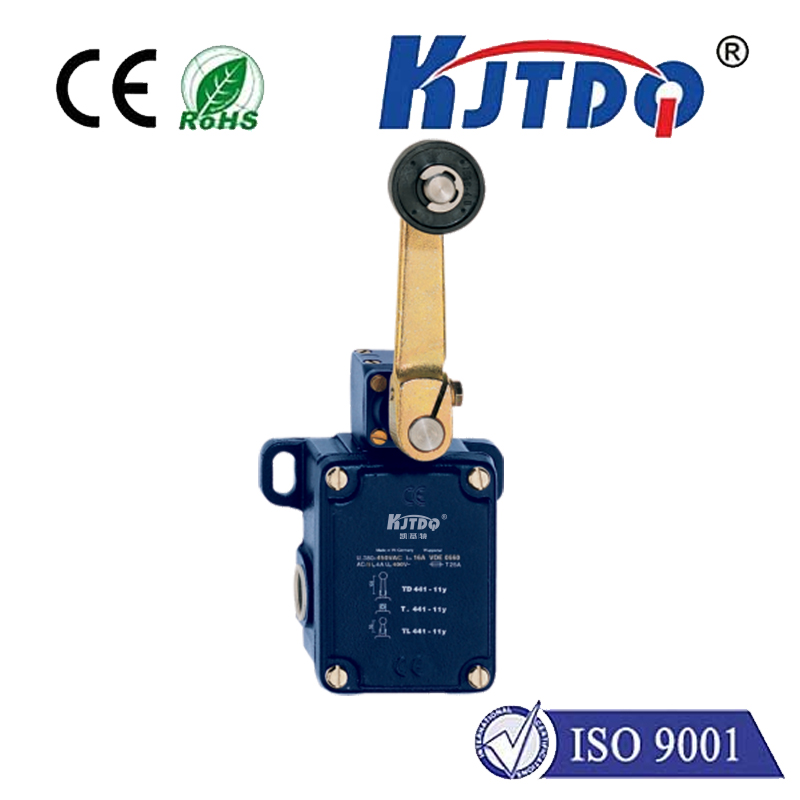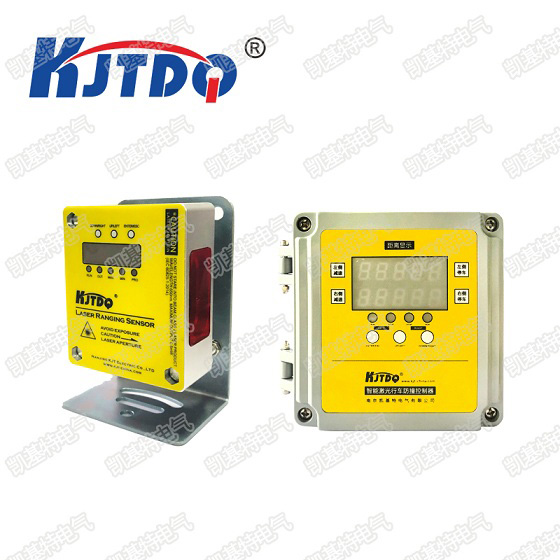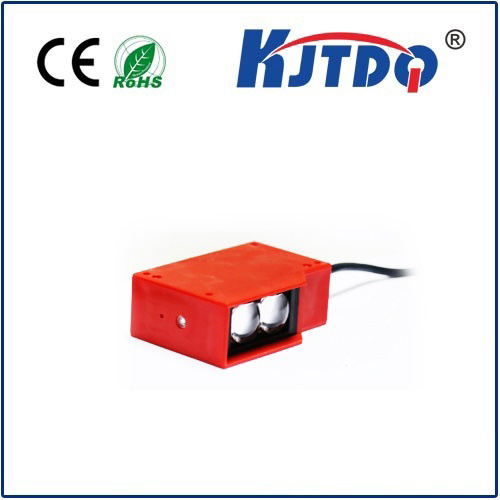wireless proximity switch
- time:2025-06-12 21:32:00
- Click:0
Wireless Proximity Switches: Revolutionizing Industrial Automation & Sensing
In the intricate dance of modern manufacturing and facility management, efficiency, safety, and flexibility reign supreme. Yet, for decades, a fundamental challenge persisted: the tangled web of wires connecting countless proximity sensors to control systems. Enter the wireless proximity switch – a transformative technology unshackling industrial sensing from the constraints of physical cabling and unlocking a new era of smart automation. This article explores how these innovative devices work, their distinct advantages, and the diverse applications they empower.
Cutting the Cord: The Core Concept of Wireless Proximity Switches
At its heart, a wireless proximity switch performs the same essential function as its wired counterpart: it detects the presence or absence of a target object within a specific range without physical contact. This detection typically relies on established principles like inductive sensing (for metallic objects), capacitive sensing (for various materials, including liquids and non-metals), or even optical sensing. The revolutionary difference lies in how the detection signal is transmitted.
Instead of requiring a dedicated hardwired connection back to a PLC (Programmable Logic Controller) or control cabinet, the wireless proximity switch incorporates a compact radio transmitter. Upon detecting a target, the sensor transmits a digital signal wirelessly – often using robust, license-free industrial radio frequencies like the globally available ISM bands or sub-GHz options designed for reliable operation in challenging environments.

These transmitted signals are received by a central wireless gateway or base station. This gateway aggregates data from multiple wireless sensors and interfaces directly with the plant’s control system, typically via standard industrial protocols like Ethernet/IP, Modbus TCP, or IO-Link Wireless. Some advanced models may even connect directly to mesh networks or cloud platforms.
Unwiring the Advantages: Why Go Wireless?
The shift from wired to wireless proximity sensors delivers compelling benefits across multiple fronts:
- Drastic Reduction in Installation Costs & Time: Eliminating conduit, cable trays, and the labor-intensive process of pulling and terminating wires represents the most significant cost saving. This is especially impactful in large facilities, retrofit projects, or where routing cables is difficult (overhead cranes, moving machinery, across aisles).
- Enhanced Flexibility & Scalability: Need to monitor a new machine position or reconfigure a production line? Adding a wireless proximity sensor is often as simple as mounting it and pairing it with the gateway. This agility allows factories to adapt quickly to changing production needs.
- Simplified Maintenance: Troubleshooting wiring faults can be time-consuming. Wireless systems inherently reduce potential points of failure associated with damaged cables or loose connections. Diagnostics are often easier via the gateway interface.
- Expansion into Previously Inaccessible Areas: Monitoring rotating equipment, robotic arms, transfer cars, or locations surrounded by heat, vibration, or moving components becomes feasible where running wires was impractical or hazardous.
- Improved Safety & Cleanliness: Reducing cable runs minimizes tripping hazards in walkways. It also makes cleaning processes, particularly in food & beverage or pharmaceutical environments adhering to strict hygiene standards, significantly easier.
- Condition Monitoring Potential: Advanced wireless proximity sensors can sometimes go beyond simple presence detection, transmitting basic diagnostic data (like signal strength, battery level) to help predict maintenance needs.
Where Wireless Proximity Sensors Shine: Key Applications
The benefits translate directly into powerful applications across diverse sectors:
- Mobile Machinery & AGVs: Monitoring positions on automated guided vehicles (AGVs), lift trucks, and mobile platforms where constant movement makes wired connections unreliable and prone to damage.
- Conveyor Systems & Material Handling: Detecting product presence, jam conditions, or pallet positioning across complex conveyor networks without the cable spaghetti. Ideal for retrofitting existing lines.
- Rotating Equipment & Robotics: Sensing the position of robot arms, grippers, or components on rotating machinery where wiring would twist and fail.
- Large Area Monitoring: Covering expansive warehouses, stockyards, or production halls for door/window position, equipment status, or safety zone monitoring.
- Harsh Environments: Operating reliably in areas with extreme temperatures, washdown conditions (using IP68/IP69K rated sensors), or high levels of vibration where cables can degrade.
- Temporary Setups & OEE Tracking: Quickly deploying sensors for temporary production runs, process monitoring, or gathering data for Overall Equipment Effectiveness (OEE) analysis without permanent wiring.
Selecting the Right Wireless Solution: Key Considerations
Implementing wireless proximity switches effectively requires careful selection based on specific needs:
- Detection Principle: Inductive (metal), Capacitive (various materials), or Optical? Choose based on the target.
- Wireless Range & Penetration: Assess the distance needed between the sensor and the gateway, considering walls, machinery, and potential interference. Evaluate signal propagation characteristics.
- Network Topology: Simple point-to-point? Star network with a central gateway? Or a self-healing mesh network for greater resilience and extended range? Mesh topologies are often preferred in complex industrial settings.
- Battery Life & Power Source: Battery-powered sensors offer maximum flexibility but require battery management. Look for long-life batteries (often years). Alternatively, models with energy harvesting (e.g., solar) or loop-powered wireless options exist.
- Robustness & Environmental Rating: Essential industrial automation components require appropriate IP (Ingress Protection) ratings for dust and water resistance and robust construction to withstand shock, vibration, and temperature extremes.
- Latency & Update Rate: How critical is the speed of signal transmission? While often sufficient for many industrial tasks, ensure the latency meets the specific application’s timing requirements.
- Security: Choose protocols offering robust encryption and authentication to protect against unauthorized access to the wireless sensor network.
- Gateway & Integration: Ensure the gateway seamlessly integrates with your existing PLC control system using standard industrial communication protocols.
Embracing the Wireless Future in Industrial Sensing
The advent of the wireless proximity switch marks a significant leap forward in industrial sensing technology. By eliminating the constraints and costs associated with traditional wiring, they deliver unparalleled flexibility, simplify installation and maintenance, and open doors to monitoring applications that were previously impractical or prohibitively expensive. As wireless protocols become more robust, energy-efficient, and secure, their adoption in industrial automation is accelerating rapidly. For engineers and facility managers seeking smarter, more adaptable, and cost-effective solutions, understanding and leveraging wireless proximity sensors is no longer just an option – it’s becoming a strategic imperative for staying competitive in an increasingly dynamic manufacturing landscape.






